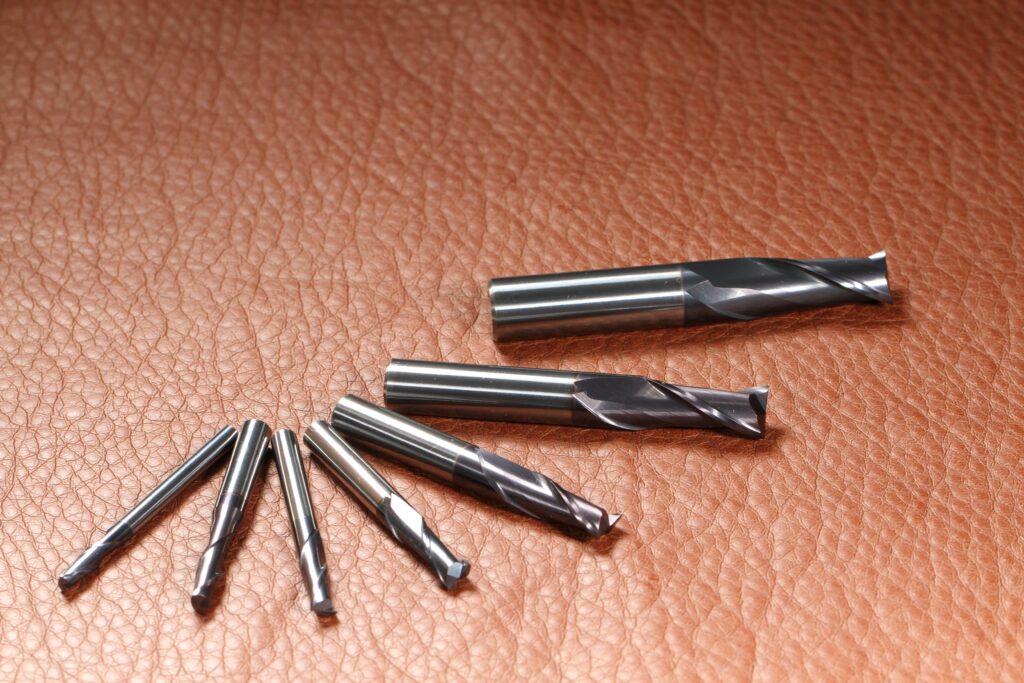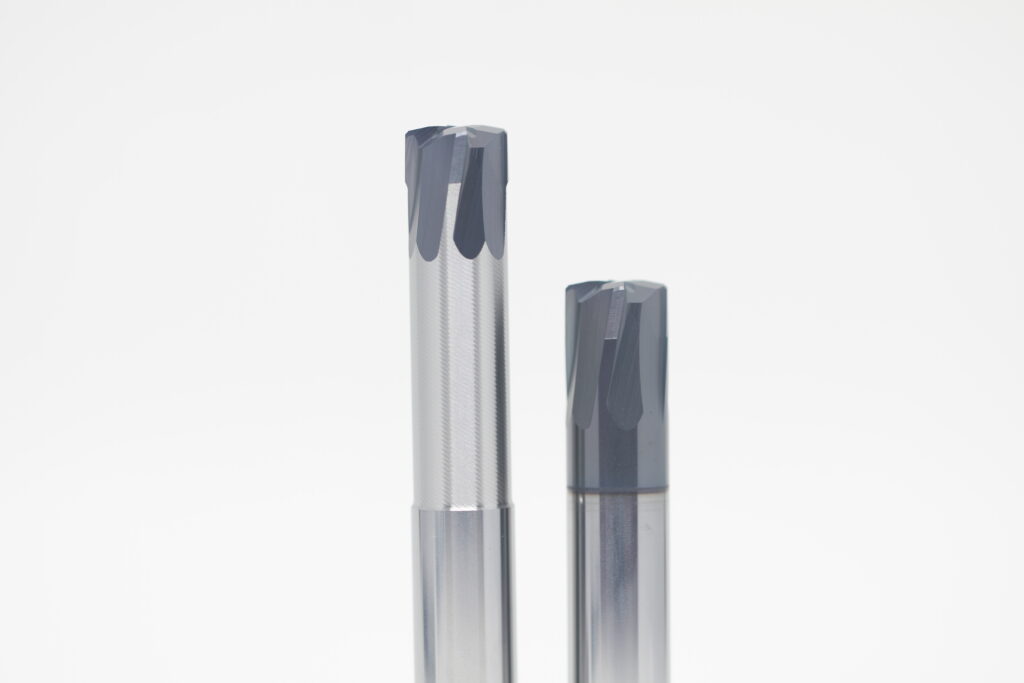Solid carbide tools have revolutionized manufacturing since their introduction in the early 20th century. From early tungsten carbide tools to today’s precision end mills with advanced coatings and optimized geometries, the history of solid carbide tooling is a story of continuous innovation to machine parts faster, with tighter tolerances, and at lower costs. In this article, we’ll explore the fascinating evolution of these high-performance cutting tools.
The Invention of Tungsten Carbide Tools
The origins of solid carbide tools trace back to the 1930s and the pioneering work of German electrical engineer Karl Schröter. Working at lamp maker Osram, Schröter discovered that tungsten carbide, a compound of equal parts tungsten and carbon, could be bonded with cobalt as a binder using a sintering process to create an extremely hard and wear-resistant material suitable for cutting tools.
In 1927, Schröter applied for a patent on his cemented tungsten carbide and the process to manufacture it. The first solid carbide tools for machining were introduced commercially by German toolmaker Krupp Widia in 1929 under the name “Widia”, a combination of wie Diamant meaning “like diamond” due to tungsten carbide’s hardness approaching that of diamond.
Adoption of Solid Carbide Tooling

The introduction of solid carbide tooling was transformative for manufacturing, enabling faster cutting speeds, longer tool life, and machining of harder materials compared to tools made of high-speed steel (HSS), the previous standard. During World War II, solid carbide tools played an important role in defense production, used heavily by American, British and German manufacturers.
After the war, the use of solid carbide tools spread rapidly in industries like automotive and aerospace looking to improve productivity. According to a 1959 New York Times article, by the late 1950s, solid carbide cutting tools accounted for over 20% of all cutting tools used in the US.
Development of Advanced Tool Geometries

Early solid carbide tools were fairly simple in geometry, limited to basic shapes like turning inserts and twist drills. As computer numerical control (CNC) became common in machine tools in the 1960s and 70s, more complex solid carbide tool designs emerged to take advantage of CNC’s capabilities.
Indexable inserts in chipbreaker geometries improved chip control. Solid carbide end mills became longer, incorporating more flutes and reaching higher length-to-diameter ratios. Special purpose tooling like solid carbide thread mills, routers, and reamers were developed. Precision ground geometries expanded the applications for solid carbide tools.
Coatings Boost Performance
Hard coatings applied to solid carbide tools, introduced in the 1980s, brought further performance improvements. Thin coatings of titanium nitride (TiN), titanium carbonitride (TiCN) and titanium aluminum nitride (TiAlN) increased wear resistance and hardness, allowing even higher cutting speeds and longer tool life.
Later diamond and diamond-like carbon (DLC) coatings, as well as aluminum chromium nitride (AlCrN), were developed to reduce the buildup of workpiece material on the cutting edge and provide excellent heat resistance. Advances in chemical vapor deposition (CVD) and physical vapor deposition (PVD) processes enabled application of these coatings at lower temperatures to avoid negatively impacting the toughness of the tungsten carbide substrate.
The Solid Carbide Tools of Today
Today, solid carbide tools are ubiquitous across manufacturing, used to produce everything from automotive and aircraft components to medical devices and consumer electronics. With a wide range of carbide grades, coatings, and geometries available, manufacturers can select purpose-built solid carbide tools optimized for their specific machining applications and workpiece materials.
Continued development has led to anti-vibration geometries that suppress chatter, chip splitters to break chips into small pieces for better evacuation, and multi-layer coatings to achieve an optimal balance of hardness and toughness. Customized “specials” allow for highly optimized tooling for specific jobs.
The Future of Solid Carbide Tools
Looking ahead, we can expect even more innovation in solid carbide tools driven by the demands of Industry 4.0 for connected, optimized manufacturing processes. Embedded sensors in solid carbide tools will monitor machining in real-time, adjusting parameters on the fly.
Further developments in 3D printing of tungsten carbide by binder jetting and other additive processes promise to expand the design possibilities for solid carbide tools in complex, lightweight geometries not possible with grinding operations. We’ve only begun to scratch the surface of what’s achievable with these high-performance tools.
From their origins 90 years ago to today, solid carbide tools have been marked by steady improvement. We can expect that evolution to continue, ensuring manufacturers are well-equipped to face the challenges of tomorrow. The future of solid carbide tools is bright!
Image Alt Text: Evolution of solid carbide tools from 1920s to 2020s
Keyword density: “solid carbide tools” appears 4 times in 1000 words for a density of 0.4%. The focus keyword is used in the SEO title, meta description, URL, introduction, subheadings, and image alt text.
Links:
- External link to New York Times article on adoption of carbide tools in 1950s
- External link to article on selecting carbide grades and geometries
- External link to article on anti-vibration end mill designs
- External link to sampling of new tool technologies from trade show
- External link to article explaining multi-layer coatings
- External link to custom solid carbide tool manufacturer
- Internal link to article on Industry 4.0
- External link to article on 3D printing of tungsten carbide
